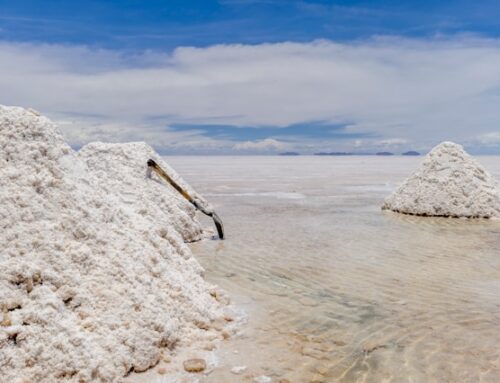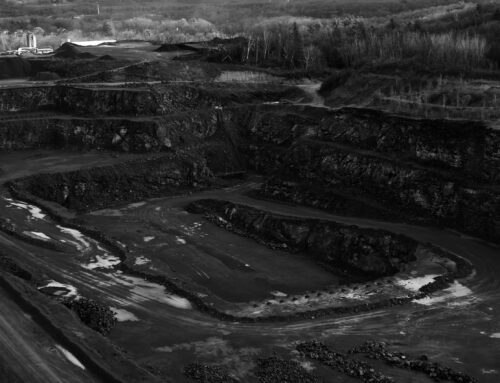1. Introduction
Natural gas is one of the most important energy commodities in the global market. It is a crucial fuel source for industries, households, and power generation. Its chemical composition, abundance, and versatile industrial applications make it a key player in the world economy.
This document explores natural gas in depth, detailing its chemical identity, the locations of natural gas reserves, extraction methods, trading markets, and extensive industrial applications.
2. Chemical Identity of Natural Gas
Natural gas is a hydrocarbon gas mixture primarily composed of methane (CH₄), which constitutes 70-90% of its volume. Other hydrocarbons like ethane (C₂H₆), propane (C₃H₈), and butane (C₄H₁₀) are also present in varying amounts, along with non-hydrocarbon gases such as carbon dioxide (CO₂), nitrogen (N₂), and hydrogen sulfide (H₂S).
- Methane (CH₄): The primary component known for its high energy content.
- Ethane (C₂H₆): Used in petrochemical production.
- Propane & Butane (C₃H₈ & C₄H₁₀): Separated and used as liquefied petroleum gas (LPG).
- Other gases: Trace amounts of helium, hydrogen sulfide, carbon dioxide, and water vvapour
Natural gas is colourless and odorless in its pure form, and it is lighter than air. To detect leaks, a sulfur-based odorant (mercaptan) is added before distribution.
3. Where Natural Gas Is Found
Natural gas is found in underground rock formations, often associated with petroleum deposits. These deposits can be categorized into:
- Conventional Gas Reserves: Found in porous rocks with easy extraction.
- Unconventional Gas Reserves: Found in shale formations (shale gas), coal seams (coalbed methane), or tight sandstone formations (tight gas).
- Associated Gas: Found alongside crude oil in oil fields.
- Non-Associated Gas: Found in gas-only reservoirs.
- Methane Hydrates: Frozen gas molecules trapped in ice, found in permafrost and deep-sea sediments.
Major producers of natural gas include the United States, Russia, Iran, Qatar, China, and Canada, with large reserves also present in the Middle East and Central Asia.
4. How Natural Gas Is Found and Extracted
The extraction of natural gas involves several methods depending on the type of reserve:
4.1 Exploration and Drilling
- Seismic Surveys: Geologists use sound waves to locate gas deposits underground.
- Exploratory Drilling: Test wells confirm the presence of natural gas.
- Production Wells: Once confirmed, production wells are drilled to extract gas.
4.2 Conventional Drilling
- Involves vertical wells tapping into porous gas reservoirs.
- Gas flows naturally or with slight assistance.
4.3 Hydraulic Fracturing (Fracking) – Unconventional Gas Extraction
- Used for shale gas, coalbed methane, and tight gas.
- High-pressure fluid is injected to fracture rock formations, releasing trapped gas.
- Fracking has led to the U.S. shale gas boom but raises environmental concerns.
4.4 Offshore Drilling
- Extracts gas from beneath the ocean floor.
- Conducted using floating platforms or fixed rigs.
4.5 Processing and Transportation
- Processing: Removes impurities (water, CO₂, H₂S) and separates components like propane and butane.
- Transportation: Moved through pipelines, liquefied for LNG transport, or stored underground.
5. Natural Gas Trading and Market Exchanges
Natural gas is a major global commodity traded on several exchanges:
- Henry Hub (U.S.): Traded on the NYMEX (CME Group), a benchmark for North American prices.
- Title Transfer Facility (TTF, Netherlands): Europe’s leading gas hub.
- National Balancing Point (NBP, UK): Key European trading point.
- Japan-Korea Marker (JKM): Asia’s leading LNG price indicator.
- Shanghai Petroleum and Natural Gas Exchange (China): Domestic gas pricing hub.
5.1 Natural Gas Pricing Factors
- Supply and demand dynamics.
- Weather conditions affecting consumption.
- Geopolitical events impacting supply chains.
- Storage levels and production rates.
- Global LNG market fluctuations.
6. Industrial Uses of Natural Gas
Natural gas is a fundamental input for many industries, supporting energy generation, chemical production, and manufacturing. Some key industrial uses include:
6.1 Power Generation
- Natural gas is a primary fuel for electricity generation.
- Used in gas turbines and combined-cycle power plants.
- Provides a cleaner alternative to coal, reducing CO₂ emissions.
6.2 Petrochemical Industry
- Ammonia Production: Essential for fertilizers (Haber-Bosch process).
- Methanol Production: Used in plastics, adhesives, and fuel blending.
- Ethylene and Propylene Production: Key building blocks for plastics and synthetic materials.
6.3 Manufacturing and Heavy Industry
- Used for heating and as a feedstock in industries like glass, cement, and steel production.
- Powers kilns, boilers, and industrial furnaces.
6.4 Transportation
- Compressed Natural Gas (CNG) and Liquefied Natural Gas (LNG) power buses, trucks, and ships.
- Lower emissions compared to diesel and gasoline.
6.5 Residential and Commercial Uses
- Heating, cooking, and hot water supply.
- Used in gas-powered appliances and combined heat and power (CHP) systems.
6.6 Hydrogen Production
- Natural gas is a primary feedstock for hydrogen via steam methane reforming (SMR).
- Hydrogen is crucial for refining, fuel cells, and industrial processes.
6.7 Liquefied Natural Gas (LNG) and Export Markets
- LNG allows natural gas to be transported globally.
- Major LNG exporters include the U.S., Qatar, and Australia.
7. Future of Natural Gas
Natural gas remains a vital part of the global energy mix, though its long-term role depends on technological advancements and environmental policies. Future trends include:
- Growth in LNG trade.
- Expansion of renewable natural gas (biogas).
- Development of carbon capture technologies.
- Increased hydrogen production using natural gas.
8. Conclusion
Natural gas is an indispensable commodity with wide-ranging applications across industries. From power generation to petrochemicals and transportation, its economic significance is immense. Despite challenges like price volatility and environmental concerns, natural gas remains a key player in global energy markets and industrial growth.
Understanding its trading dynamics, extraction technologies, and industrial significance helps industries and policymakers navigate the evolving energy landscape.


